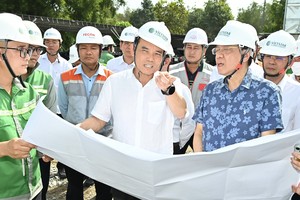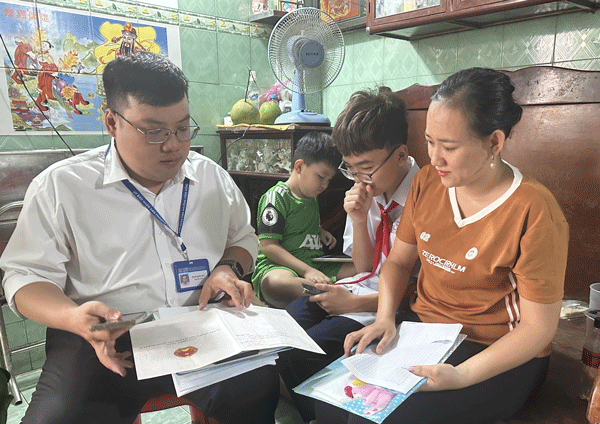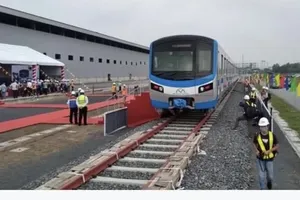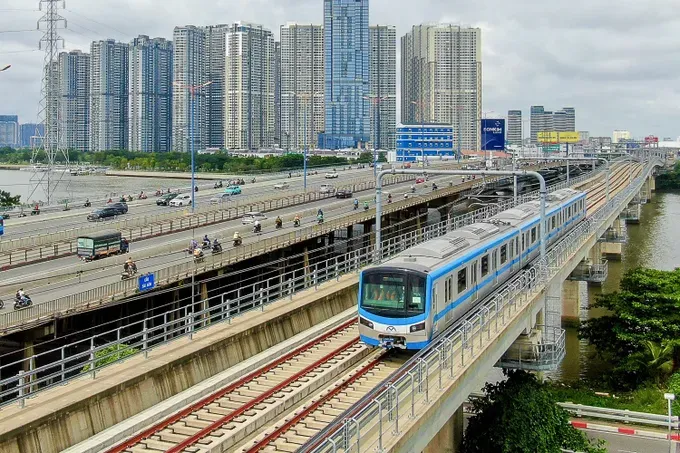
Clear potentials
In his directive speech at the 1st Congress of the HCMC Party Committee (2025-2030 term), General Secretary To Lam emphasized the requirement to develop HCMC into a leading economic, financial, technological, and service center in Southeast Asia and Asia in general.
The General Secretary pinpointed the paramount task of completing planning and restructuring the development space based on a “multi-polar, integrated, and connected” mindset, operating under a multi-center governance model. This is to rationally allocate resources and enhance operational efficiency. It is a novel issue of decisive significance; every day of delay means a lost opportunity for the city’s development.
According to HCMC Chairman Nguyen Van Duoc, to achieve this goal, alongside replanning the development space, the city has determined to mobilize all investment resources to build a synchronous, civilized, and modern infrastructure system. This aligns with the orientation of forming “3 Regions – 1 Special Zone”:
- Central Region: high-tech industry development.
- Coastal Economy Region: Marine economy, sea tourism, clean energy, and logistics.
- Core Urban Region: High-tech, services, and international finance.
- Con Dao: Special zone for green island tourism and the service economy.
Concurrently, the city will optimize the comparative advantages of each area to become a multi-center metropolis, developing along three corridors with five pillars: industrial centers, logistics, international finance, tourism and cultural industries, and education-health-science & technology centers.
This new spatial planning orientation reveals HCMC’s immense development potential. However, current institutions have not kept pace with the scale of development, leaving many regional advantages underexploited.
Looking at the three regions overall, it’s evident that the biggest bottleneck isn’t a lack of resources, but a lack of an institutional framework suitable for a megacity structure. The three regions currently operate under three different planning maps, three different investment standards, and three different management approaches. This leads to planning conflicts, infrastructure delays, and resource fragmentation, whereas the new development model demands absolute unity.
According to Chairman Tran Du Lich of the Council for Implementing Resolution 98, for the three regions to develop synchronously, HCMC must attract strategic investors who contribute not just capital but also technology, governance, and global market connections. These are the factors that will shape the new growth model, create high-productivity production and service chains, and elevate the five economic pillars of the connected space across HCMC.
Mechanisms granting, responsibility attaching
HCMC is entering a dual transformation phase of green transformation in the digital space and competition to attract the world’s leading technology corporations. To win this fierce race, the mechanism must be competitive enough to create an ecosystem for domestic small and medium enterprises to participate in the value chain.
Resolution 98 implementation, as stated by Chairman Tran Du Lich, has brought many positive results, especially in post-pandemic economic recovery and creating a foundation for HCMC’s new development phase.
However, as the city expands to over 6,700km2 with a population of about 14 million and contributes nearly ¼ of the national GDP, many mechanisms in Resolution 98 are no longer sufficient. Some have even been legalized, losing their pilot nature. Therefore, HCMC needs a stronger, systematic set of mechanisms sufficient to operate a newly consolidated megacity.
Experts argue the draft resolution amending Resolution 98 must resolve HCMC’s primary “institutional bottleneck.” Proposals range from shortening investment procedures to establishing Free Trade Zones, aiming to create a framework commensurate with the scale of “1 megacity – 3 regions – 1 special zone.”
Currently, the restrictive legal system hampers HCMC’s ability to mobilize the VND8 quadrillion (US$314 billion) required for its 10-11 percent growth target. Consequently, the city seeks institutional autonomy rather than financial handouts. Granting this authority allows HCMC to proactively generate resources, drive development, and ultimately share the fruits of growth with the entire nation.
National Assembly Economic and Financial Committee member Phan Duc Hieu argues that HCMC requires comprehensive “policy packages,” rather than isolated mechanisms, to resolve systemic bottlenecks like land management. He proposes that the Central government allocate only major targets, empowering HCMC to proactively manage the rest. This flexibility is crucial to dismantling current fragmented planning practices that foster a counterproductive “everyone for themselves” mentality.
However, granting strong mechanisms demands commensurate responsibility: a transparent, service-oriented administration that eradicates the “ask-give” culture. HCMC Chairman Nguyen Van Duoc emphasized the necessity of being self-reliant and “thinking big.” Only by adopting this bold stance can the unified space truly evolve into a massive growth engine for the nation.
Amending Resolution 98 to clear bottlenecks
According to the HCMC People’s Committee, to realize the goals of the next five years, HCMC expects to mobilize an additional $8-12 billion annually. However, budget resources allocated for the city’s development investment in the 2026-2030 period only meet about 30 percent of demand. This is insufficient to lead socio-economic development without effective solutions to mobilize non-state budget capital.
To mobilize non-budget resources, HCMC is deploying large-scale strategic projects across infrastructure, high-tech, and urban sectors. The objective is to court capable strategic investors who meet rigorous criteria regarding equity, technology, and governance.
However, existing regulations under Resolution 98 remain insufficient. HCMC urgently requires a superior legal framework to resolve bottlenecks and unlock its full potential. Amending the resolution is paramount to realizing double-digit growth targets from 2026 and solidifying the city’s role as the national economic locomotive.
The Ministry of Finance concurs, affirming that these amendments are essential to clear hurdles, attract capital, and drive sustainable development across the Southeast region, consistent with Politburo resolutions of No.31-NQ/TW and No.24-NQ/TW.
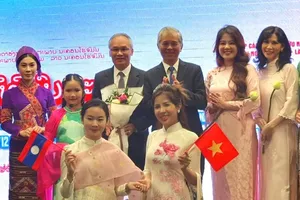
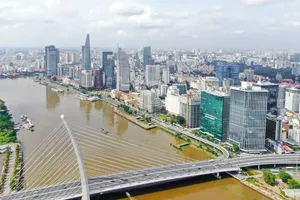
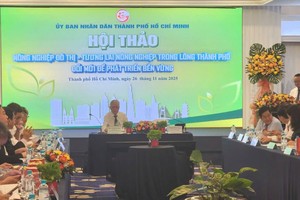
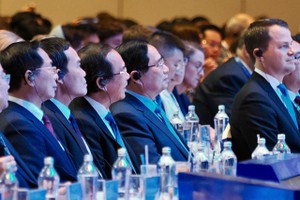
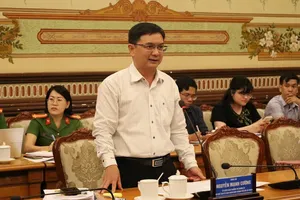
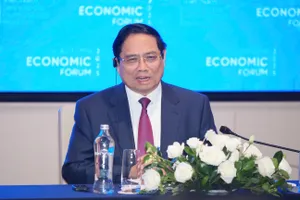
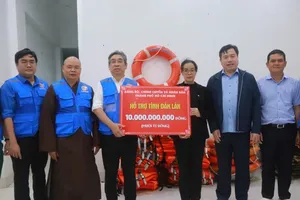
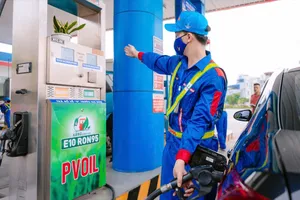


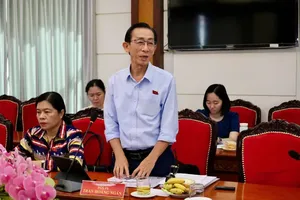
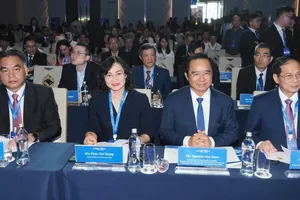
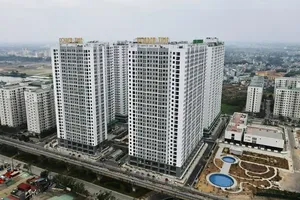
)

